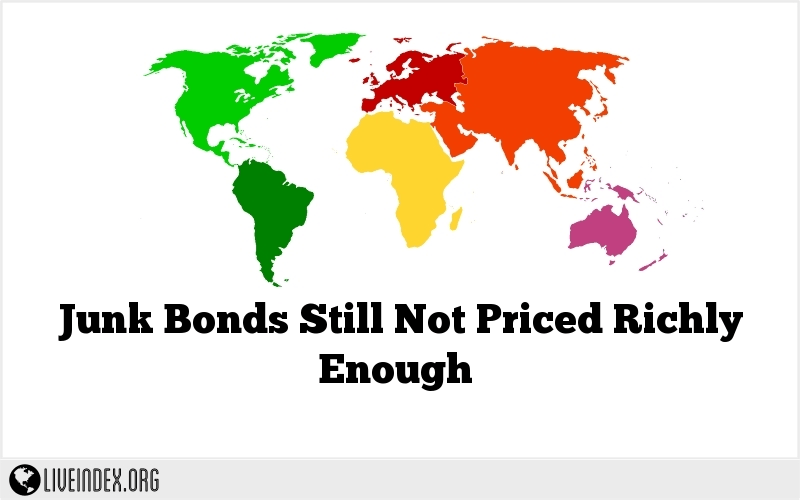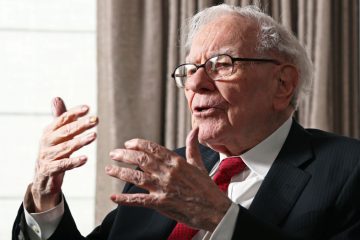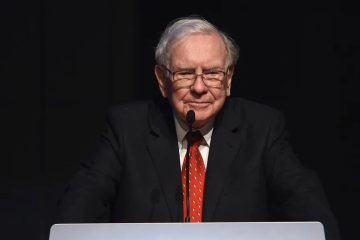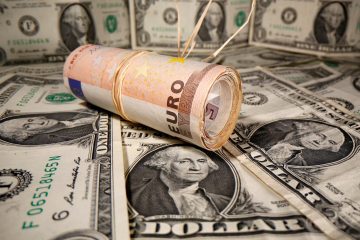Junk Bonds Still Not Priced Richly Enough

Income-seeking investors are often tempted by junk bonds – especially if they use a broker who actively markets them.
With prices down this year – the Barclays U.S. Corporate High-Yield Index is down 2.7% for 2015 – it may look like time to step into this pool.
Unfortunately, the risk-reward dynamic is strongly biased against the retail investor.
Plus, with recession looking increasingly likely, the “risk” part of the equation should steer us away from the junk bond market.
Unusual Circumstances
In 2008, the Barclays High-Yield Bond Index fell 25% – but it still beat the S&P 500, which fell 37%. Then, the bond index rebounded nicely in 2009, moving up 13%. Of course, that was only half as much as the S&P 500’s 26% rebound.
It’s important to note, however, that 2008-09 isn’t representative of junk bond performance during most recessions.
In 2008-09, the Fed pursued a policy of ultra-low interest rates, and the federal funds rate was pushed to zero by the end of 2008. It has remained there ever since. Consequently, that recession didn’t take a wholly meaningful toll on leveraged buyout deals and over-leveraged companies subjected to junk bond issuance.
But in the next recession, the Fed’s preferred solution – dropping interest rates to prevent shoddy deals from falling apart – won’t be available.
Indeed, the Fed will have no tools to prevent gimcrack, junk bond-financed deals from falling apart. That means the risks in the junk bond market are greater than they seem and greater than they were last time around.
It’s not as if junk bonds have been that brilliant of an investment in the last half decade, anyway. The SPDR Barclays High-Yield Bond ETF (JNK), an indexed fund that’s a reasonable proxy for the junk bond space, has returned 4.71% annually since October 2010.
That’s better than Treasury yields and better than inflation, but it’s nothing like the 13.3% annual return from the S&P 500 Index.
Risky Business
When Mike Milken created the modern junk bond market in the late 1970s and early 1980s, he used a presentation that showed investors that risk-adjusted returns on high-yield bonds were better than any other asset class.
The problem, of course, was that Milken’s observation of the junk bond market’s returns – and his energetic promotion of junk bond deals – irrevocably changed the market in which junk bonds had provided such superior returns.
Today, the fees available to junk bond promoters and companies leveraged through junk bonds are so huge that it’s worth their using high-pressure sales techniques to sell the bonds. Meanwhile, prices for companies are bid up into the stratosphere, making the bonds progressively junkier.
Finally, zero interest rate policy has sent asset prices skyrocketing and provided speculators with oodles of leveraged cash. Basically, the process has reached an extreme.
Just look at the recent proliferation of “cov-lite” deals. Though they offer no protection for bondholders, they were immensely popular at the top of the 2006-07 credit bubble, and they’ve reappeared in large numbers over the last three years.
A period of continuously declining interest rates, such as we’ve had since the 1980s, is exceptionally favorable for returns in the junk bond market because, generally, bond prices rise and leveraged companies do better than their projections when debt costs decline.
Today, though, the risks are larger and the likely returns lower than they’ve ever been.
Individual investors are the “greater fool” that Wall Street’s high-pressure junk bond salesmen are currently targeting.
Be smart and avoid the market.
Good investing,
Martin Hutchinson








